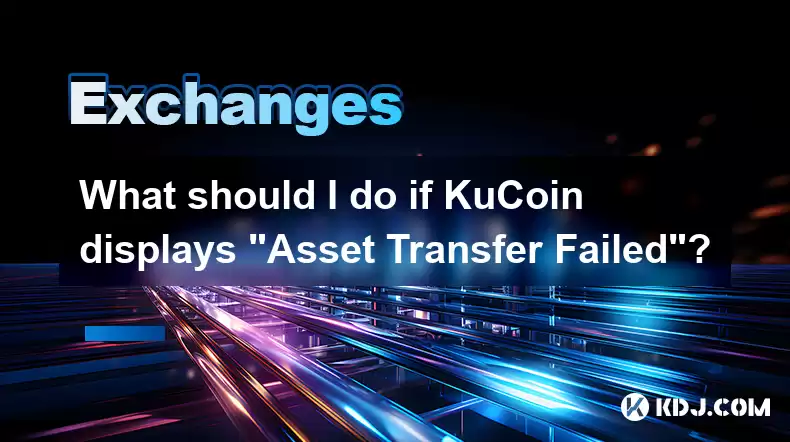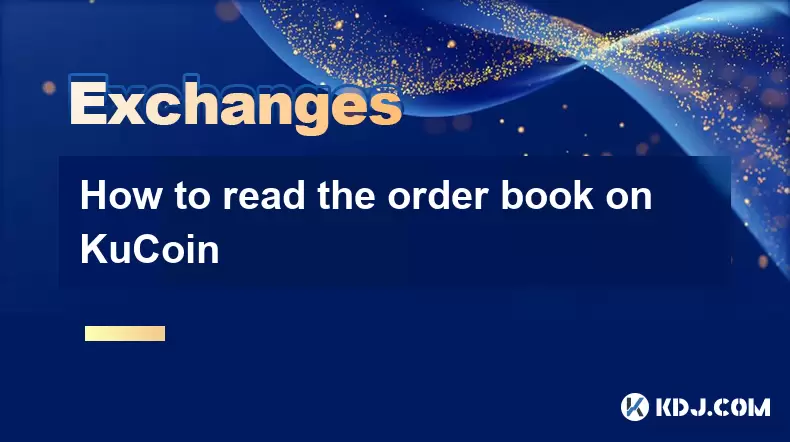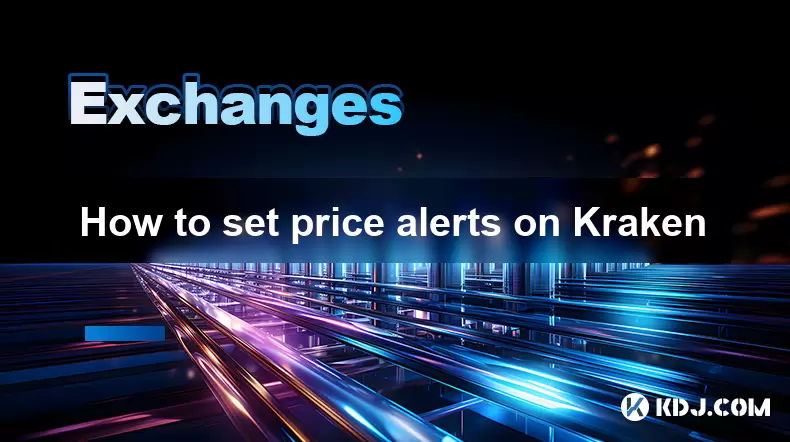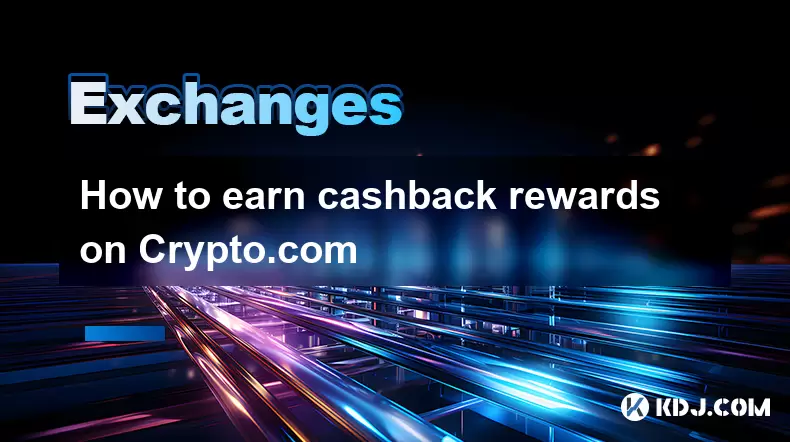-
 Bitcoin
Bitcoin $119100
-0.58% -
 Ethereum
Ethereum $4278
-0.66% -
 XRP
XRP $3.164
-1.81% -
 Tether USDt
Tether USDt $1.000
0.01% -
 BNB
BNB $811.7
0.11% -
 Solana
Solana $176.3
-3.92% -
 USDC
USDC $0.9999
0.01% -
 Dogecoin
Dogecoin $0.2255
-4.43% -
 TRON
TRON $0.3480
2.60% -
 Cardano
Cardano $0.7828
-3.40% -
 Hyperliquid
Hyperliquid $43.59
-4.94% -
 Chainlink
Chainlink $21.34
-3.88% -
 Stellar
Stellar $0.4443
-0.97% -
 Sui
Sui $3.697
-5.60% -
 Bitcoin Cash
Bitcoin Cash $596.5
4.16% -
 Hedera
Hedera $0.2498
-5.10% -
 Ethena USDe
Ethena USDe $1.001
-0.03% -
 Avalanche
Avalanche $23.11
-4.00% -
 Litecoin
Litecoin $121.1
-1.75% -
 Toncoin
Toncoin $3.397
0.42% -
 UNUS SED LEO
UNUS SED LEO $9.002
-1.29% -
 Shiba Inu
Shiba Inu $0.00001307
-4.57% -
 Uniswap
Uniswap $11.20
0.30% -
 Polkadot
Polkadot $3.901
-4.75% -
 Cronos
Cronos $0.1698
3.07% -
 Ethena
Ethena $0.8122
-3.72% -
 Dai
Dai $1.000
0.03% -
 Bitget Token
Bitget Token $4.416
-1.13% -
 Monero
Monero $263.9
-0.82% -
 Pepe
Pepe $0.00001130
-7.37%
What should I do if KuCoin displays "Asset Transfer Failed"?
A "KuCoin Asset Transfer Failed" message often indicates issues like incorrect recipient addresses, wrong network selection, insufficient funds (including fees), or network congestion. Double-check details, ensure sufficient funds, and contact KuCoin support if problems persist.
Mar 18, 2025 at 05:43 pm

Key Points:
- Understanding potential causes of KuCoin asset transfer failures.
- Troubleshooting steps for common transfer issues.
- Examining network congestion and its impact on transfers.
- Checking for correct recipient addresses and network selections.
- Exploring the role of insufficient funds and gas fees.
- Seeking KuCoin support for unresolved issues.
What should I do if KuCoin displays "Asset Transfer Failed"? This frustrating message can stem from several issues, ranging from simple user errors to more complex network problems. Let's explore the most common causes and how to troubleshoot them.
First, it's crucial to understand why your transfer failed. KuCoin's error message, while unhelpful, points to a problem preventing the successful movement of your assets. This could be anything from a simple typo in the recipient's address to a more significant network issue.
One of the most frequent reasons for transfer failures is an incorrect recipient address. Double and triple check the address you entered against the intended recipient's address. A single misplaced character can lead to irreversible loss of funds. Take your time and meticulously compare each character.
Next, verify the selected network. Different cryptocurrencies operate on different blockchains (e.g., Ethereum, Binance Smart Chain, Solana). Sending ETH to a Binance Smart Chain address will result in a failed transaction. Always confirm that the network you've chosen matches the recipient's address and the cryptocurrency you're sending.
Insufficient funds are another common culprit. Remember that transferring cryptocurrency often involves transaction fees (gas fees). Ensure you have enough of the specific cryptocurrency to cover both the transfer amount and the associated fees. Check the fee estimate provided by KuCoin before confirming the transaction.
Network congestion is another factor outside your direct control. High transaction volume on a particular blockchain can cause delays and failures. If the network is experiencing congestion, you might need to wait for a period of lower activity or try again later. Consider monitoring the network status on blockchain explorers for the specific cryptocurrency involved.
What if you've checked everything and the transfer still fails? Here’s a step-by-step troubleshooting guide:
- Verify the Recipient Address: Carefully compare the address you entered with the recipient's address. Look for any discrepancies, even minor ones.
- Check the Selected Network: Ensure you selected the correct blockchain network for the cryptocurrency being transferred.
- Confirm Sufficient Funds: Check your balance to ensure you have enough funds to cover both the transfer amount and the transaction fees.
- Review the Transaction Details: Carefully examine all aspects of the transaction before confirming it.
- Wait and Try Again: If network congestion is suspected, wait for some time before attempting the transfer again.
- Contact KuCoin Support: If you've tried all the above steps and are still experiencing issues, contact KuCoin's customer support for assistance. They may have insights into specific issues or pending transactions.
Remember, never rush the process. Carefully reviewing each step is critical to avoid losing your cryptocurrency.
Beyond these common issues, certain specific cryptocurrencies might have unique transfer requirements. For example, some tokens require specific contract addresses or might be subject to unique network limitations. Always consult the official documentation for the specific cryptocurrency you are transferring.
Understanding the various fees associated with transfers is also crucial. Gas fees, network fees, and other charges can vary greatly depending on the cryptocurrency and the network's current congestion. These fees are essential for processing your transaction, and insufficient funds for these fees will invariably lead to a failed transfer. Always check the estimated fees before confirming your transfer.
Furthermore, ensure you're using the latest version of the KuCoin app or website. Outdated versions may contain bugs or compatibility issues that could contribute to transfer failures. Updating your app or clearing your browser cache might resolve underlying software problems.
Frequently Asked Questions:
Q: What if I accidentally sent my cryptocurrency to the wrong address?
A: Unfortunately, recovering cryptocurrency sent to an incorrect address is extremely difficult, and often impossible. Always double-check the recipient's address before confirming any transaction. Contacting the recipient (if possible) and the cryptocurrency's support team might be the only recourse, though success is not guaranteed.
Q: How long does a KuCoin asset transfer typically take?
A: The time it takes for a transfer to complete varies greatly depending on the cryptocurrency and the network's current congestion. Some transfers may be instantaneous, while others might take several minutes or even hours. Check the blockchain explorer for the specific cryptocurrency to track the progress of your transaction.
Q: What should I do if I suspect my KuCoin account has been compromised?
A: Immediately change your password and enable two-factor authentication (2FA). Contact KuCoin support to report the suspected compromise. They can assist in securing your account and investigating any unauthorized activity.
Q: Are there any fees associated with transferring assets on KuCoin?
A: Yes, there are typically fees associated with transferring assets on KuCoin. These fees vary depending on the cryptocurrency and the network conditions. These fees are usually clearly displayed before you confirm the transaction. Make sure you have sufficient funds to cover both the transfer amount and the associated fees.
Q: Can I cancel a pending asset transfer on KuCoin?
A: The ability to cancel a pending asset transfer depends on the specific cryptocurrency and the stage of the transaction. Some transactions can be canceled, while others cannot once they are initiated. Contact KuCoin support for assistance if you need to cancel a pending transfer.
Disclaimer:info@kdj.com
The information provided is not trading advice. kdj.com does not assume any responsibility for any investments made based on the information provided in this article. Cryptocurrencies are highly volatile and it is highly recommended that you invest with caution after thorough research!
If you believe that the content used on this website infringes your copyright, please contact us immediately (info@kdj.com) and we will delete it promptly.
- BlockDAG, Chainlink, Hedera: The Cryptos Enterprises are Eyeing
- 2025-08-12 09:30:12
- Dogecoin's Wild Ride: Big Holders, Price Push, and What's Next for the Meme Coin
- 2025-08-12 08:30:12
- Coin Master Board Adventure: Free Energy and the Thrill of the Board
- 2025-08-12 08:50:12
- Bitcoin to $133,000? Here's What the Experts Are Saying
- 2025-08-12 08:30:12
- LYNO AI Presale: Early Bird Opportunity Before Token Price Hike
- 2025-08-12 08:50:12
- Dogecoin, Tron Update, Cold Wallet ROI: Navigating Crypto's Choppy Waters
- 2025-08-12 09:30:12
Related knowledge

How to use margin trading on Poloniex
Aug 08,2025 at 09:50am
Understanding Margin Trading on Poloniex

How to read the order book on KuCoin
Aug 10,2025 at 03:21pm
Understanding the Order Book Interface on KuCoinWhen accessing the order book on KuCoin, users are presented with a real-time display of buy and sell ...

How to read the order book on KuCoin
Aug 12,2025 at 02:28am
Understanding the Basics of Staking in CryptocurrencyStaking is a fundamental concept in the world of blockchain and cryptocurrencies, particularly wi...

How to set price alerts on Kraken
Aug 11,2025 at 08:49pm
Understanding Price Alerts on KrakenPrice alerts on Kraken are tools that allow traders to monitor specific cryptocurrency pairs for price movements. ...

How to earn cashback rewards on Crypto.com
Aug 12,2025 at 02:08am
Understanding Cashback Rewards on Crypto.comCashback rewards on Crypto.com are a feature designed to incentivize users to spend using their Crypto.com...

How to use advanced trading on Gemini
Aug 08,2025 at 04:07am
Understanding Advanced Trading on GeminiAdvanced trading on Gemini refers to a suite of tools and order types designed for experienced traders who wan...

How to use margin trading on Poloniex
Aug 08,2025 at 09:50am
Understanding Margin Trading on Poloniex

How to read the order book on KuCoin
Aug 10,2025 at 03:21pm
Understanding the Order Book Interface on KuCoinWhen accessing the order book on KuCoin, users are presented with a real-time display of buy and sell ...

How to read the order book on KuCoin
Aug 12,2025 at 02:28am
Understanding the Basics of Staking in CryptocurrencyStaking is a fundamental concept in the world of blockchain and cryptocurrencies, particularly wi...

How to set price alerts on Kraken
Aug 11,2025 at 08:49pm
Understanding Price Alerts on KrakenPrice alerts on Kraken are tools that allow traders to monitor specific cryptocurrency pairs for price movements. ...

How to earn cashback rewards on Crypto.com
Aug 12,2025 at 02:08am
Understanding Cashback Rewards on Crypto.comCashback rewards on Crypto.com are a feature designed to incentivize users to spend using their Crypto.com...

How to use advanced trading on Gemini
Aug 08,2025 at 04:07am
Understanding Advanced Trading on GeminiAdvanced trading on Gemini refers to a suite of tools and order types designed for experienced traders who wan...
See all articles

























































































